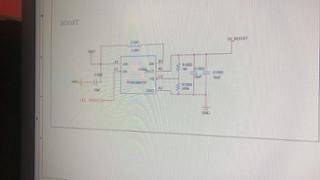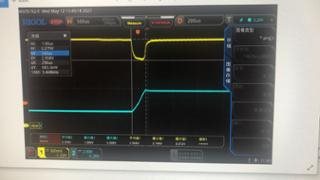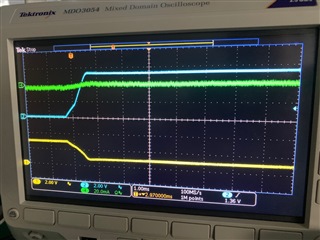Hi
TPS61099 is used in our design for 5V output from the 3V input voltage. LiMn Battery (CR2032) was used for the 3V input. And then we can found the 3V input voltage dropped when the boost started up. This drop can caused our system reboot.
My questions:
1. Please help to check if the drop is expected
2. How about the current when the boost started up?
3. If you have any suggestions on how to fix this issue
BTW, we checked the issue without the loading on TPS61099. And still see the issue.
You can get more from the case CS0537905
ticsc.service-now.com/sys_attachment.do






